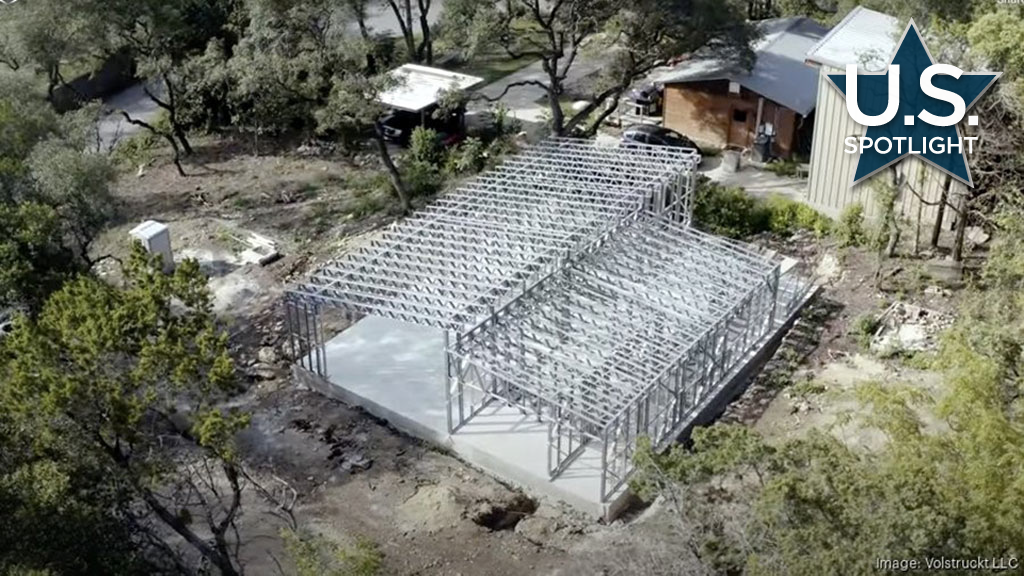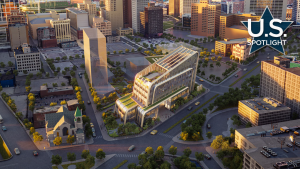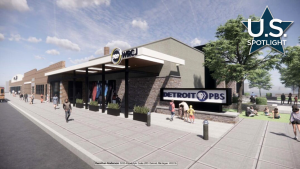As 2023 closes, zoning changes that would allow the City of Austin to improve housing affordability appear so close and yet so far.
The city and environs are growing at a phenomenal rate. The Austin-Round Rock-Georgetown metro area is the fastest-growing in the United States, increasing in population by 14.4 per cent between 2021 and 2022. It’s causing housing availability and affordability to become critical.
Austin’s aging land development code (LDC) hasn’t been updated since the 1980s. Many see the LDC as failing to reflect today’s needs, particularly near the city core.
However, attempts to make comprehensive changes to Austin’s LDC have been stymied by the courts.
In March 2022, Texas’ Fourteenth Court of Appeals in Houston upheld a lower court decision from 2020 regarding protest and notification requirements for a series of proposed code changes. District 9 Council Member Kathie Tovo, who supported the dissenting view, told local media at the time that the city, “should redouble its efforts to work on revising the code in a way that the community supports.”
Pressure to update zoning and development codes gained renewed traction in 2023.
In January, the Austin Planning Commission voted to recommend rezoning amendments that would allow the construction of dozens of condominiums or apartments near one of its major corridors. Although approved, the move was seen as merely a continuation of similar piecemeal decisions that have failed to meet a broader perspective.
Austin City Council followed up in June with a resolution to create city-wide standard heights and setback restrictions for developments near areas with single-family zoning. City staff was asked to come back with recommendations by year-end.
Meanwhile, council moved ahead with more incremental zoning changes, prioritizing residential development along transit corridors and where commercial zoning currently applied. Uptake from developers was disappointing, however. Council member José Vela complained the city’s strategy was presenting a major obstacle to developers.
“This is not a workable approach.”
Pressure from housing organizations for the city to make meaningful changes to encourage denser, more affordable housing continued throughout the summer.
A push by a handful of Austin-based non-profits garnered a positive response from City Hall. In a unanimous vote in late July, Austin City Council directed the city manager to develop code amendments that would streamline the processes required to create new affordable housing, in conjunction with the city’s current approach.
An interesting twist to density approvals emerged in November.
The city manager’s office was asked to review the idea of developers donating land to the city for public safety facilities, like fire and police stations, in exchange for approval, on a case-by-case basis, to exceed currently allowed height restrictions. This concept would tie into other current incentives encouraging the construction of affordable housing, such as fees.
Unfortunately, this was one of several zoning updates reversed by the courts on Dec. 8 as a result of more citizen-led lawsuits, these based on arguments similar to those heard in 2022 concerning a lack of adequate written notice given to surrounding property owners.
A big breakthrough towards improving housing affordability and boosting supply came almost simultaneously in December when Austin City Council approved the HOME Initiative.
Under HOME, builders and developers would be permitted to construct up to three homes on an existing single-family lot. They could also seek approval to build their projects through an expedited and cost-saving review process.
Developers, builders and lenders were encouraged by the changes offered by the HOME initiative. Firms like Austin-based Volstrukt LLC announced their readiness to invest in this newly created infill market.
Volstrukt produces easy-to-assemble, machine manufactured steel frame kits, specifically for smaller home developments. The company has over 1,000 quick-build home designs on the books that have been constructed in California and Washington State. Volstrukt owner Marc McQuain promised designs that could be pre-approved to meet Austin’s building regulations.
However, no sooner had phase one of the HOME Initiative passed when Douglas Becker of Gray Becker PC, legal representative for citizen groups earlier in the year, said he wouldn’t be surprised if new legal challenges to the HOME Initiative were to commence.
Austin Planning Commission member Greg Anderson expressed concerned about the resultant impact of any new legal setbacks.
“The recent statements from the plaintiff’s attorney, threatening the recently approved HOME initiative, are a cause for concern, further raising doubts about the future of housing access in Austin,” Anderson told local media. “It is imperative that legal battles do not derail the city’s dedicated efforts to tackle housing affordability.”











Recent Comments
comments for this post are closed